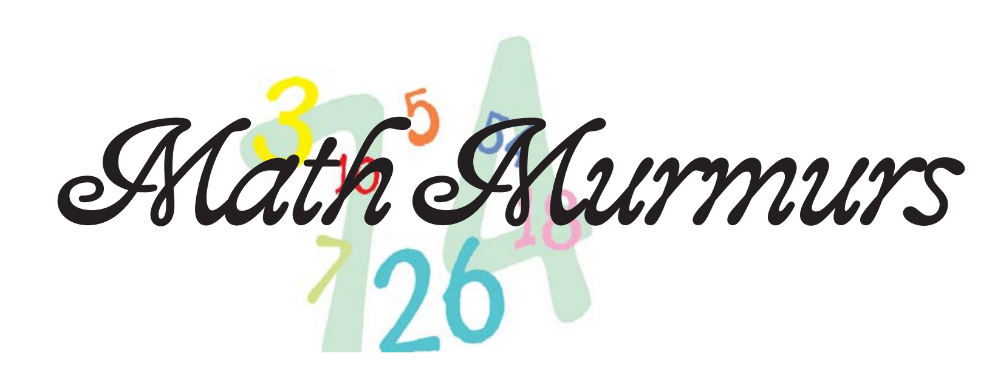I like using a spreadsheet as a tool to understand different ideas in math. Today I decided to use the spreadsheet to prepare my students for graphing in future science projects. Here is the project that we started today.
We started by gathering data about the children in each of our families including the students themselves. We looked at the number of children in each family and their ages. Once the children had the data, I asked the children what questions this data could answer and recorded those questions.
Here are some of the questions that could be explored:
- How many boys and girls are in the group?
- Are there more boys than girls?
- What is the range of the ages of the children?
- What is the average age of the children?
- What does it mean average?
- What is the average age of the girls? Boys?
- Are the ages of the boys higher than the girls?
If you choose to try this in your classroom, you would then open a spreadsheet and enter the data. Here is a small version of what you might have.

When creating different types of graphs, you could either start with a question and then discuss which chart would best answer it, or you could start with a chart and then discuss if it answers any of the questions. To make a chart, highlight the data, go to insert and then pick the type of chart you would like to use.
If you create a clustered bar graph with the data above, you will get a graph that looks like this:

What question does this answer if any?
Aside from looking at different types of charts, you can also look at different ways to arrange the data in the spreadsheet. For example, if the question is “How many boys and girls are in the group? “ or, “Are there more boys than girls?”, you might sort the information in the spreadsheet like this.

Here are some examples of that data in graphs.


You could also compare the girls’ ages with the boys’ ages. Here is an example of the data in the spreadsheet and a possible graph.


Maybe you want to find the average. You could use the average function built into the software, or you could develop the formula with the students. After discussing the meaning of an average (specifically the mean in this case) with the students, you can show the steps to calculating the average.
Below, I highlighted the data, then used the AutoSum function and then put parentheses around the sum and divided by the number of ages.


If you would like to show the formula more explicitly then select an empty cell, type ‘=’ and click on the cells of each number you want in the average. Put parentheses around the selected cells and then divide by the number of cells.

Spreadsheets are a powerful tool for teaching data visualization and interpretation. I have shared just a few of the things you can do with spreadsheets.
If you need any help or more detailed steps for using spreadsheets in the classroom, please email atmim.murmurs@gmail.com.

